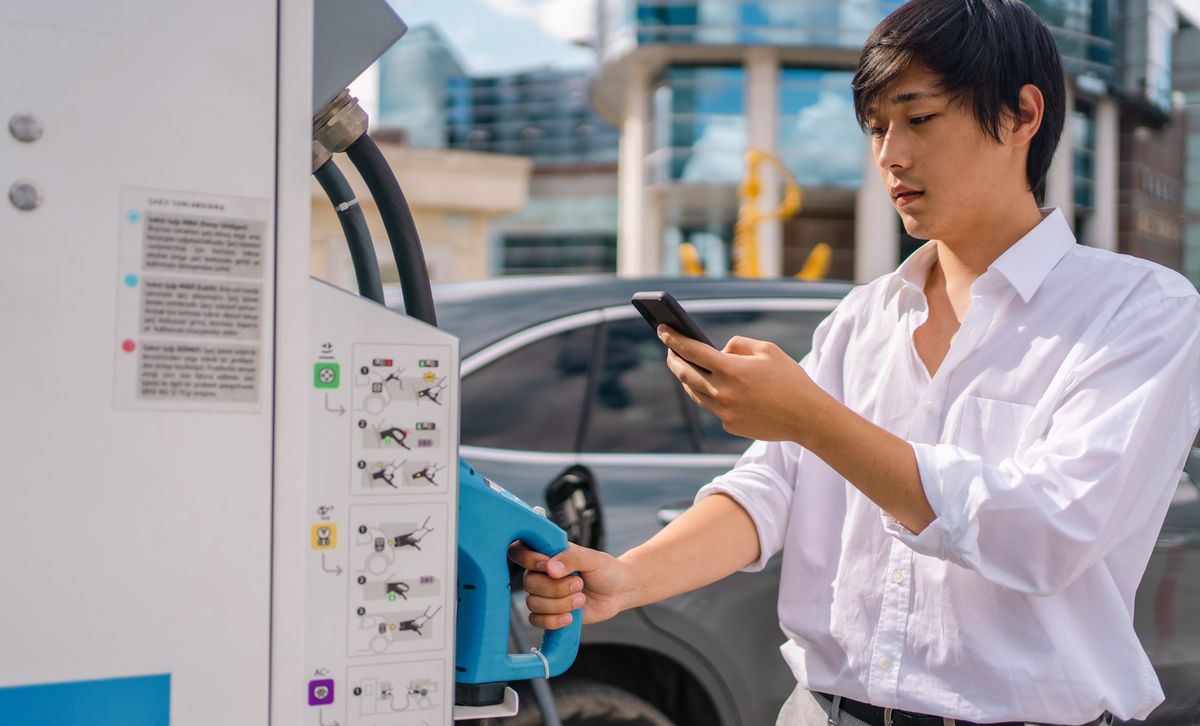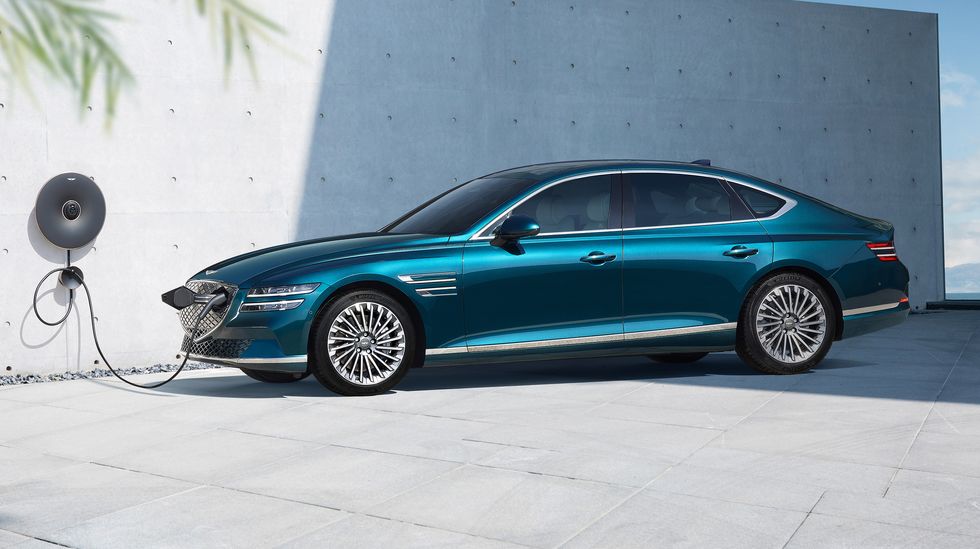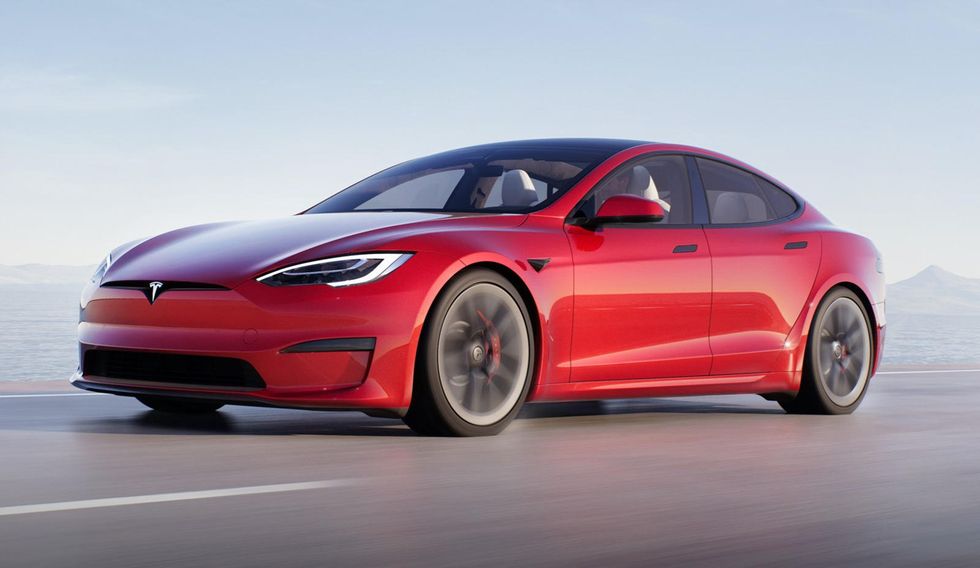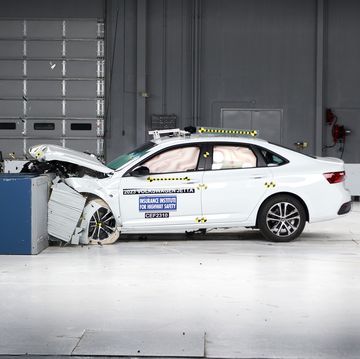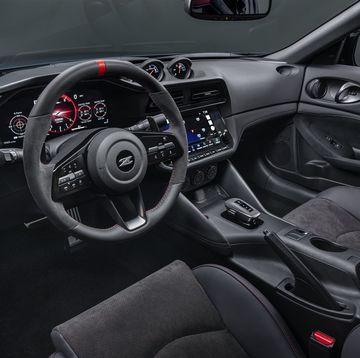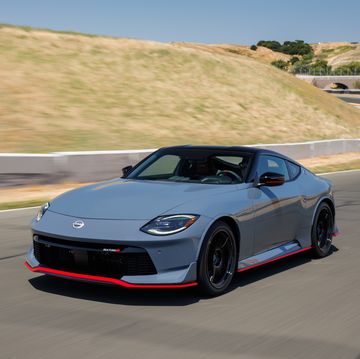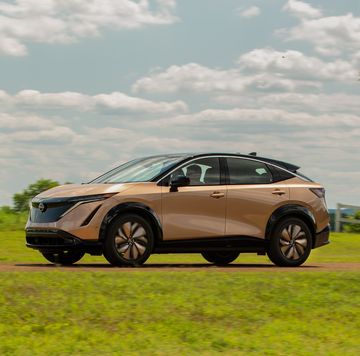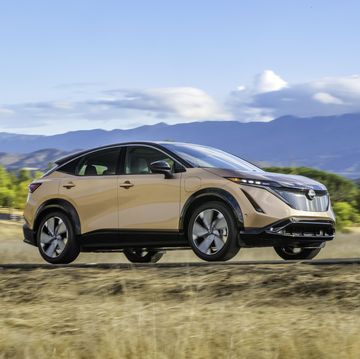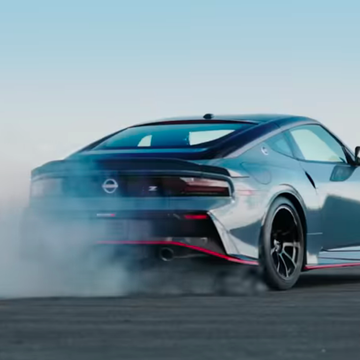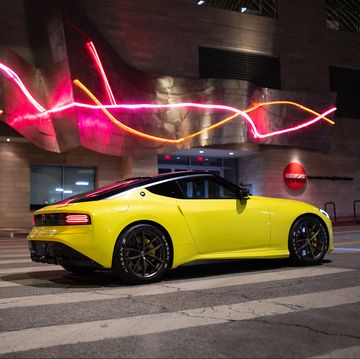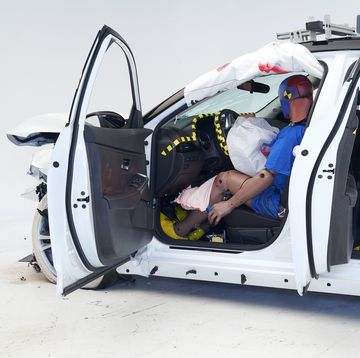- Studies by JD Power and Deloitte confirm what many electric-vehicle drivers already know: The EV charging system in America is woefully inadequate, clunky, and just plain doesn't work.
- With the numbers of EVs coming onto the market increasing every model year, something has to be done. The question is, what?
- Standards for payment is one way the Dept. of Transportation could help.
Complaining about the EV charging network today is like standing at Kitty Hawk watching the Wright Brothers glide past and yelling, “What the heck, man? I got a 5 o’clock flight to LAX I gotta be on! What is taking you morons so LONG?”
Patience, grasshopper.
Yes, there is technically a charging network for electric cars in place in this country and, yes, you can plug into it—some of it, anyway, sometimes. But it’s a long way from being practical and a lot of it isn’t even useable.
At least that’s based on my own firsthand anecdotal experiences and the whinings and web postings of EV-savvy friends. The EV charging network in America is not exactly in its infancy, but it’s not yet in its adolescence, either. At least anecdotally speaking.
“Charging an EV today at public stations is a lot like the wild, wild west—anything could happen,” said friend and colleague Richard Truett of Automotive News. “Or, more frequently, nothing could happen.”
Another friend, president, and chief analyst at Auto Pacific Ed Kim, drove a “wonderful” Genesis G80 EV from Southern California to Las Vegas recently. While the car performed flawlessly, the charging network did not.
“I plugged in at my local EVgo Network 350-kW charger (which should allow the G80 to charge to 80% in 22 minutes) and went for a 50-minute run, expecting to find the car fully charged upon my return. Came back to find it had a ‘connection error’ at 18% so basically, it wasn’t charging for nearly the entire time I was gone on my run. This is one of countless times I have had problems with public DC fast-chargers.”
My own experiences on long-distance road trips that required DC fast-charging have been equally frustrating. The vast majority of my attempts at DC fast-charging have resulted in frustration, and almost half of them have yielded no charge at all.
Let me share an example: I had a Lucid Air recently—surely the pinnacle of technology in an EV for the current time. The Lucid Air can go as much as 516 miles on a charge. But I wanted to plug it in anyway. So I searched “CCS charger” on my phone and was directed to a Loop Level 3 DC charger in Manhattan Beach. I parked and started following the limited directions on the charger. Nothing worked.
I tried every different configuration I could think of, based on my interpretation of the hieroglyphics on the charging pedestal. Nothing. There was no 800 number to call, at least not listed. There was a QR code, which I scanned. That lead to a web page encouraging me to buy a Loop charger.
Eventually I was directed to download an app—a favorite requirement of most EV fast-chargers—where I found a phone number. I called, and after a long wait, spoke with a gentleman whom, quite frankly, I could not easily understand. Eventually he claimed he fixed the problem and said the unit was charging my car... Or would soon be charging my car as soon as he “reset it.”
He sent me on my way to meet friends for dinner. But 15 minutes later I got a call from another Loop rep—a very excited, ridiculously friendly voice who instructed me to return to my car, whereupon I found that it was not charging. But this new voice did something on his end and voila, it was charging! At almost a half a buck per kWh.
The above scenario is not unique to that supplier. Something like it has happened to me most of the time at most chargers. The problem is rampant capitalism—the wild west. There are many, many different companies setting up charging stations all across the country, and none of them talk to each other. Most EV drivers would like to just pull up, plug in, and pay by credit card the way you can pay for everything from gasoline to tunafish salad.
But almost all charging companies want you to download their app, perhaps the better to have you in their permanent clutches as a lifetime customer. Problem is, you never know where you’re going to drive on any given day, so you never know which charging network will present itself at whichever outlet you pull off the freeway. My phone is full of charging apps.
Okay, so that’s anecdotal whining. Scientifically speaking, it’s also somewhere between a frustrating experience and a nightmare.
“The growth of electric-vehicle sales during the past year has been remarkable but has added stress to an already beleaguered public vehicle charging infrastructure,” read the key findings in the second annual JD Power US Electric Vehicle Experience (EVX) Public Charging Study, released in 2022. “In this growth spurt, owners in high EV volume markets like California, Texas, and Washington, for instance, are finding the charging infrastructure inadequate and plagued with non-functioning stations.”
See? I’m not crazy. And the situation may be getting worse.
“Despite (the fact) that more public charging stations are in operation than ever before, customer satisfaction with public Level 2 charging declined from last year, dropping to 633 (on a 1000-point scale) from 643 in 2021, while satisfaction with the speedier DC (direct current) fast-charger segment remains flat at 674,” the study found. “This lack of progress points to the need for improvement as EVs gain wider consumer acceptance because the shortage of public charging availability is the number one reason vehicle shoppers reject EVs.”
Among users who were able to connect, Tesla owners were the happiest, according to JD Power, with the Tesla Supercharger network the most satisfying of all Level 3 DC fast-chargers, scoring 739 points out of 1000. Tesla also led the Level 2 charging networks with a 680 score.
While you need public charging for road trips, the 2023 Global Automotive Consumer Study by Deloitte found that 77% of US EV buyers planned to avoid the hassle and simply charge at home. But when they were on the road, 56% of American EV drivers preferred to pay by credit card, with just 25% preferring to pay using a smartphone app.
Currently there are almost 150,000 public chargers across the country, grouped into over 50,000 public charging stations. Almost a third of them are in California, where most of the electric cars park. If you include plug-in hybrids in the tally, there are somewhere around 2.5 million electrified vehicles in the US and rising. With almost every carmaker in the world well on its way to total electrification, the charging network is in dire need of improvement.
What’s the answer? How about if the US Dept. of Transportation makes some kind of universally acceptable payment—perhaps the credit cards already in every wallet in America? Also, increased competition will lower the price of electricity. Anecdotally speaking, I seem to see 0.48 cents per kWh at DC fast-charging stations I visit here in LA. That is surely driving owners to charge at home where costs are lower. But for the most part, federal oversight could force the charging network in America to improve with some simple requirements that will make charging—and paying for it—more easily accessible to all.
When charging your EV at DC fast-chargers, how much are you paying per kWh, and where? Please comment below.

